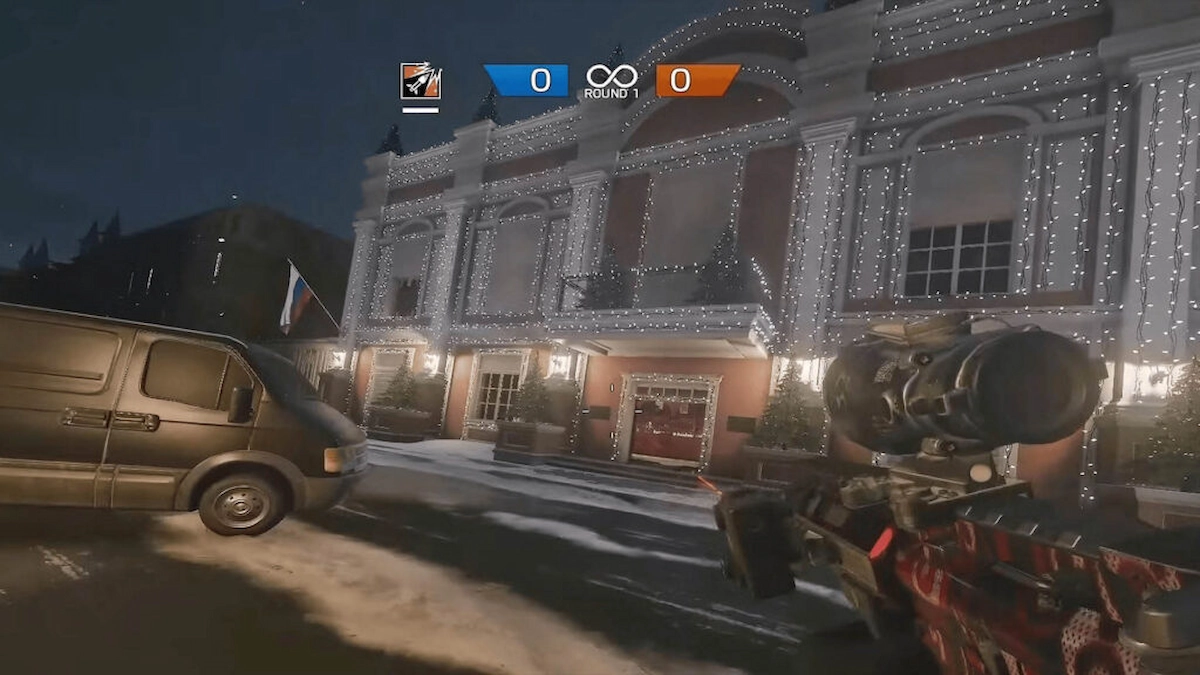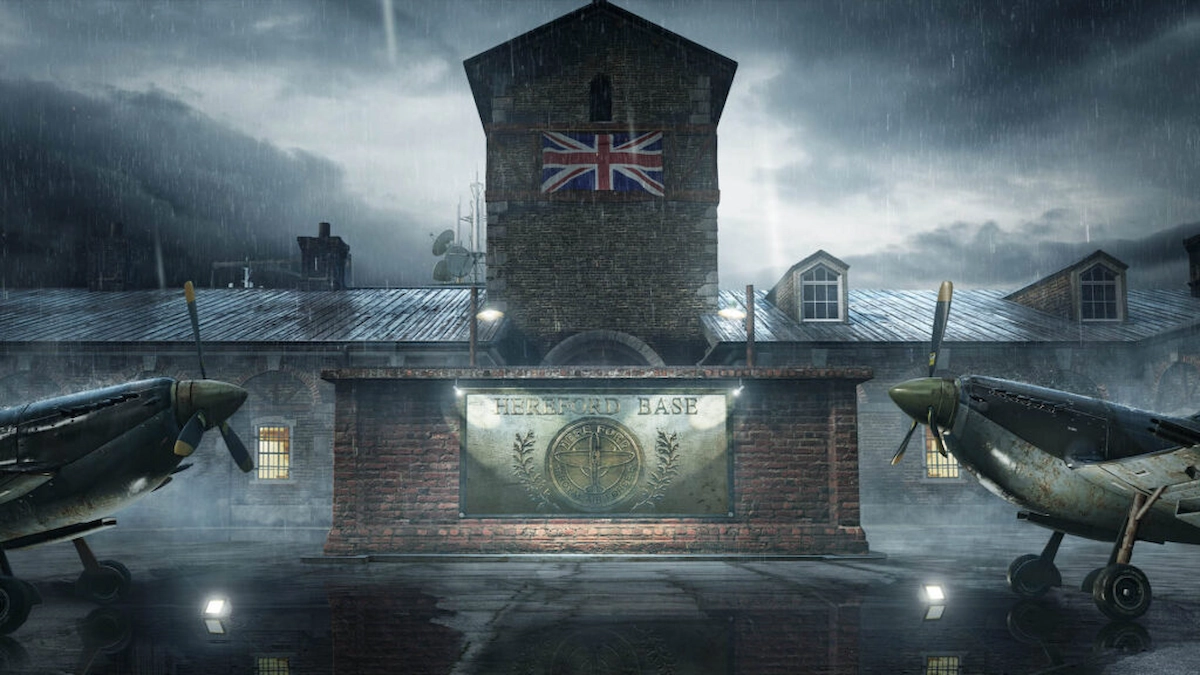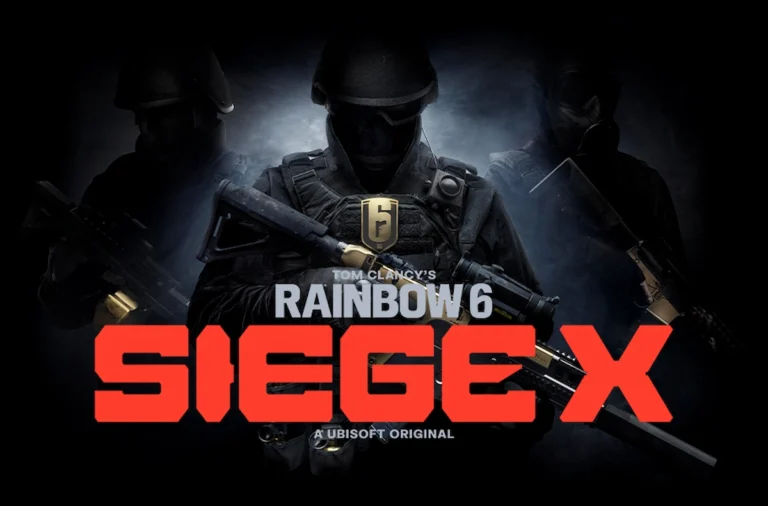Not long ago, during a special showcase event, Ubisoft officially revealed the future of Rainbow Six Siege, now branded as Siege X. The announcement, following a series of promising improvements by the development team, sparked excitement among long-time fans. However, big changes in live-service online games often come with risks—as we saw with Overwatch 2, which failed to deliver on its biggest promise: a story-driven mode, while offering little meaningful advancement over the original.
With that in mind, here are 10 key changes we hope to see in Rainbow Six Siege X.
1. The Return of Night Maps

The original Siege featured nighttime versions of maps that brought a fresh layer of intensity to this tactical shooter. These darker environments reduced defenders’ ability to land instant kills right after attackers spawned, while giving attackers more confidence when pushing from outdoor positions.
Unfortunately, to create a more balanced experience, Ubisoft eventually removed these night maps. But with the power of Siege X’s new lighting system, there’s a perfect opportunity to bring them back—now with interactive light sources. Imagine shooting out a spotlight to block visibility or alter the flow of control in a hallway.
These dynamic lighting changes could not only bring visual diversity but also open up new strategic elements.
2. More Operator Bans
With the ever-expanding operator pool, the ban phase in ranked matches has become crucial to shaping fair and engaging rounds. However, overlaps in operator abilities have made current bans less impactful—for instance, banning Thermite isn’t a huge setback for attackers anymore with other hard breachers available.
Introducing a third ban slot per team could add much-needed strategic depth. Siege X could also rotate weekly bans to prevent stagnant metas and encourage players to try lesser-used operators. The result? A more dynamic, evolving experience every season.
3. Hardware-Based Bans to Stop Cheaters
Despite Ubisoft banning thousands of accounts, cheaters continue to plague high-ranked lobbies. A promising solution in Siege X would be hardware-based bans, preventing banned users from simply creating new accounts.
This approach makes it significantly harder for repeat offenders to return unless they change their entire system setup. A healthier, more competitive environment will naturally follow—encouraging more players to give Ranked a shot without fear of unfair play.
4. Fixing the Peeker’s Advantage
A long-standing issue in Siege is peeker’s advantage—a mechanical flaw where the player moving into view has a momentary edge due to latency and server tick rate. This can often lead to unfair kills before the defending player even sees the enemy.
With Siege X, Ubisoft must prioritize improvements in netcode, tick rate, and player positioning accuracy. These technical upgrades would help ensure that every firefight is decided by skill, not by outdated infrastructure.
5. Better Solo Training Tools
Rainbow Six Siege currently offers limited tools for new players to practice mechanics or aim effectively on their own. The once-beloved Terrorist Hunt mode was quietly removed—despite being an ideal warm-up mode for many veterans.
Bringing back T-Hunt with smarter AI and crafting operator-specific training scenarios would help bridge the gap between new and experienced players. Especially with over 70 operators, these features would make the game far less intimidating for newcomers.
6. Upgraded Graphics and Audio Design
Siege has held up surprisingly well visually, but it’s clearly reaching its technical limits. A new graphics engine could enhance destructible environments, making tactical creativity more immersive than ever.
Equally important is sound design. With most maps spanning multiple floors, current audio cues often fail to indicate whether an enemy is above or below. Improved directional sound systems could significantly improve environmental awareness, giving players a fairer shot at survival.
7. Team-Based PvE Missions
Although Siege is rooted in PvP, players still fondly remember events like Outbreak, which hinted at the potential for deeper team-based PvE experiences. These missions could explore character backstories or larger in-game lore—something traditional PvP modes struggle to deliver.
PvE modes also provide a safer learning environment for newcomers, helping them practice mechanics before entering competitive matches. Siege X should capitalize on this and offer rich, co-op narrative missions alongside its multiplayer focus.
8. Smarter Matchmaking Systems
Siege’s attempt at skill-based matchmaking with Ranked 2.0 was widely considered a failure. Unbalanced team compositions are common, and solo players often find themselves paired with (or against) much higher-skilled teammates or enemies.
Siege X must revamp its matchmaking logic to create balanced, fair matches based on performance—not just time played. Better matchmaking also curbs toxic behavior and makes the competitive scene more welcoming for all skill levels.
9. A True Casual Mode
While Casual mode still exists in name, most of Siege’s current gameplay systems are tailored for competitive play. This has driven away many casual players who once enjoyed short, low-pressure sessions with friends.
Reviving a true Casual mode, complete with legacy versions of maps and pre-nerf/buff operators, could rekindle interest from veteran players while offering fresh content to newer audiences. Nostalgia runs deep, and stepping back into Hereford Base with classic Tachanka would be a joy.
10. A More Fluid Movement System

Today’s online shooters all come with unique and fast-paced movement mechanics—and Siege is starting to feel a bit slow in comparison. A teaser for Siege X already hinted at enhanced movement, which could add speed and dynamism to every round.
Done right, faster movement wouldn’t break the balance—it would make every round feel more energetic, more strategic, and more intense. Ubisoft’s success with XDefiant proves they can handle this kind of evolution well.
A refined movement system could also reduce spawn peeking and encourage defenders to hold the objective area more thoughtfully, returning the game to its tactical roots—without slowing it down.
Final Thoughts: Can Siege X Reinvent a Legend?
Rainbow Six Siege X stands at a crossroads: keep building on its strong foundation, or risk alienating its player base with changes that don’t land. But if Ubisoft listens to feedback and prioritizes fairness, accessibility, and technical innovation, Siege X could redefine what competitive tactical shooters can be in the next generation.
Whether you’re a seasoned veteran or a new recruit, these changes could make Siege not just relevant again—but revolutionary.
